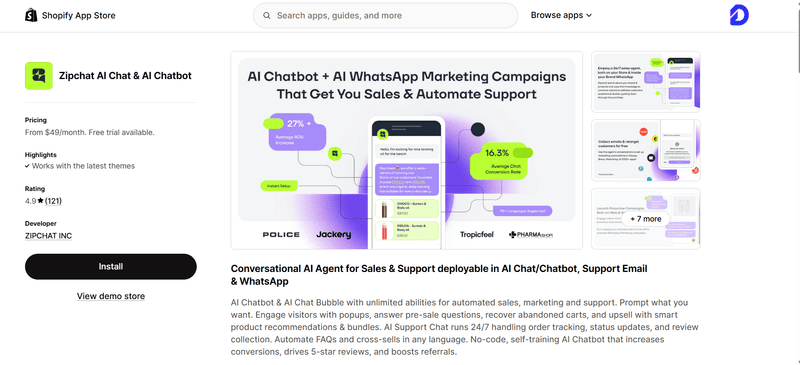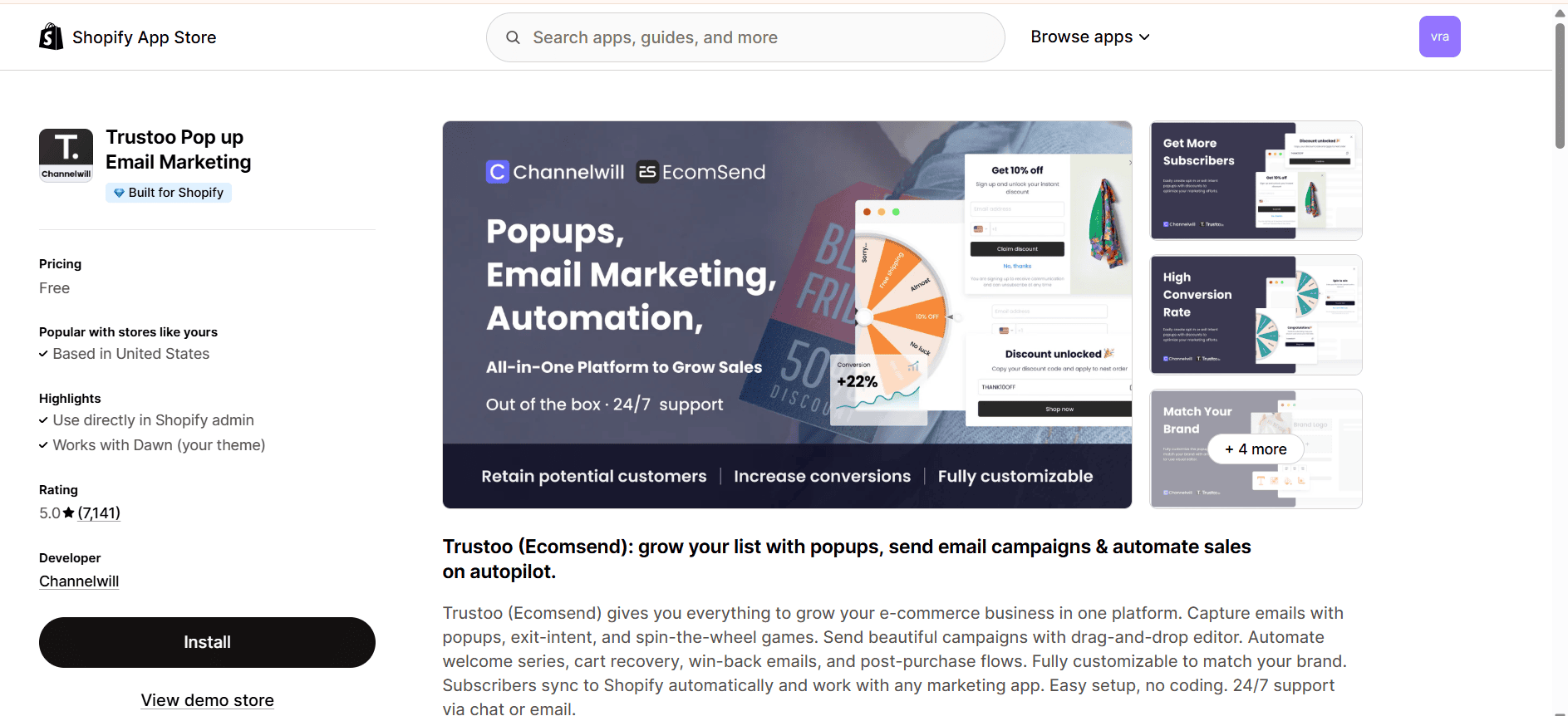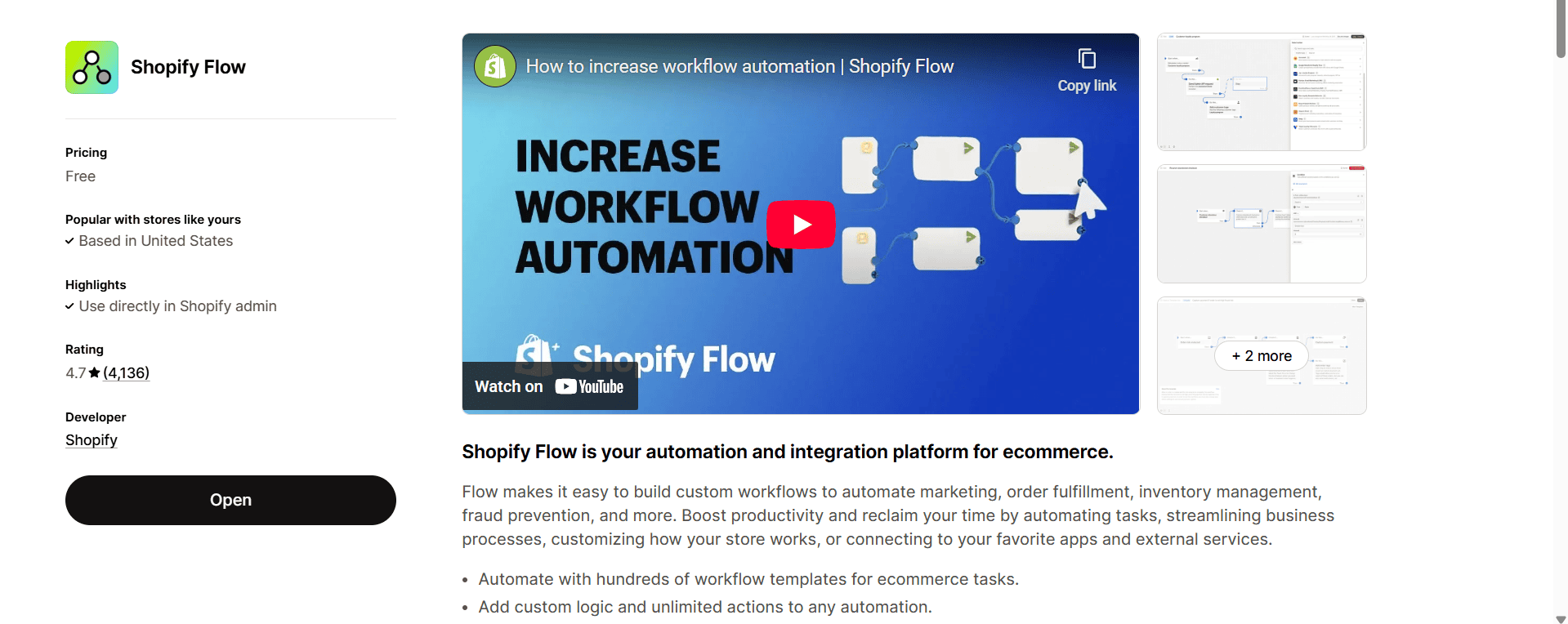
Every Shopify seller dreams of having a crystal ball, a way to predict exactly what customers want, how products will perform, and where the market is heading. While perfect prediction is purely fantasy, a remarkably powerful source of predictive insight is often right before you, readily available in your warranty claims and product registration data.
For businesses selling warrantable products, this post purchase data is not just a record of issues it is a rich, untapped reservoir of information about real world product performance, genuine customer behavior, and potential future trends. By learning to read this data, you can gain an alpha in a red ocean market.
Thinking Beyond the Cost Center: Warranty Data as A Strategic Asset
Conventionally, the warranty data is looked as a matter of cost and liability, tracking failures, managing repairs or replacements, and dealing with unhappy customers. This viewpoint, however, overlooks the immense strategic value attached within this information,
Every warranty claim, every product registration, every support interaction related to a product's performance is a data point reflecting how your product is used, or misused, in the wild. Aggregated and analyzed, this data tell a compelling story about your products and the customers who buy them.
What Your Warranty and Registration Data Can Tell You, If You Listen
Think of your warranty and registration data as direct feedback channels from your product's journey after it leaves your warehouse. Here is what the "crystal ball" can reveal:
The Real World Product Performance, and Quality Insights:
- Common Failure Points: Analyzing recurring component failures or issues specific to certain product models or batches reveals underlying flaws in design or manufacturing processes requiring prompt attention.
- Failure Rates Over Time: How Long Does it Hold Up? Does the product suddenly start having problems or break a lot after it's been used for a specific period, like after a year? Finding this out shows you the product's actual "working age", this helps you understand your product's actual lifespan and can inform future design cycles or material choices.
- Environmental or Usage Factors: Check if claims occur more often for customers in specific climates or align with particular usage scenarios. This might reveal product limitations or areas requiring customer education.
- Supplier Performance: Consistent links between component failures and a specific supplier can flag a potential issue within your supply chain.
Deep Dives into Customer Behavior, Usage:
- How Products Are Really Used: Sometimes, customers use products in unexpected ways. Failure patterns can reveal these behaviors, highlighting unmet needs or potential misuse due to unclear instructions.
- Geographic Trends: Are certain issues prevalent only in specific regions? This could be due to environmental factors, shipping stress, or regional usage habits. Product registration data, in particular, provides valuable geographic distribution insights.
- Identifying Affected Customer Groups: Comparing registration details (like purchase date, location, or basic demographics if available) and warranty records helps determine Specific customer segments encountering more frequent issues....
Fueling Future Product Development, Innovation:

- Identifying Pain Points: The root cause of a warranty claim often points directly to a customer pain point. Analyzing recurring issues can inspire features for new products or improvements for existing ones.
- Validating Feature Importance: Features that fail frequently and lead to claims highlight their critical role in the user experience. Ensuring robustness in these areas is key for future versions.
- Spotting Unmet Needs, Indirectly: If support requests or claim descriptions hint at customers trying to use the product in ways it was not designed for, it suggests an unmet need that a new product could address.
Operational Efficiency, Inventory Forecasting:
- Predictive Maintenance, Support: By identifying common failure patterns, you can anticipate support needs and even proactively reach out to customers with preventative tips or updates.
- Optimized Parts, Replacement Inventory: Knowing which issues are most common allows you to stock the right replacement parts or units, improving resolution time and reducing costs.
- Manufacturing, Quality Control Feedback: Data on failure rates and types provides direct, actionable feedback to your manufacturing partners or internal quality control processes.
Connecting the Dots: Registration Fills in the Picture
Think of product registration data as the perfect partner for warranty claims. Warranty claims tell you exactly what broke and how, but registration adds the important context, telling you who bought it, when, and where. When you put this information together, you can look at the data in much more detail. This means you can understand how often things fail for different types of customers or sales channels, check how products perform if they were sold through specific promotions, and even build a full history for every single customer.
The Challenge: Unlocking the Data's Potential
Why do most Shopify sellers struggle to effectively leverage this data? The challenges typically stem from several key areas:
- Data Silos: Warranty claims might be in emails or spreadsheets, registration data in another system or app, their customer data in Shopify, and support interactions in a helpdesk. This means the crucial information is scattered across different places.
- Lack of In-depth Understanding: Standard ecommerce analytics often don't provide the granular insights needed for deep product performance analysis.
How Technology Provides the Crystal Ball
This is where a specialized post purchase platform crafted for warrantable products makes all the difference. Think of solutions like Dyrect.co as a central hub for your important post-purchase information. They integrate product registration, warranty management, and customer communication, knitting it all together into one connected dataset.
Crucially , these platforms often include analytics and reporting features that turn raw data into actionable insights. Instead of sifting through spreadsheets, you get dashboards showing;
- Top reported issues.
- Failure rates by product or model.
- Geographic distribution of claims.
- Average claim resolution time.
- Linkage between registered products and support interactions.
This provides the "crystal ball", clear visibility into your product's post sale life and valuable clues about the future.
Turning Insight into the Actions:
Gaining these insights provides a critical foundation. The real growth comes from acting upon them:
- Update product manuals or usage guides based on the typical user errors leading to claims.
- Develop focused support materials or FAQs sections to cover frequently reported problems, and reach out to customers proactively if a widespread issue is detected for a specific product batch.
- Work with your manufacturing team to improve product design or quality control processes.
- Use performance data to inform marketing messages or refine product positioning.
Conclusion: Your Data Holds the Key to the Future
Don't let warranty and product registration data remain merely a history of issues; unlock its potential as a potent source of intelligence. By harnessing the technology within streamlined post-purchase workflows to centralize and analyze this vital information, Shopify sellers of warrantable products can gain exceptional insights into product performance, customer needs & wants, and market direction.
This data is not just about managing warranties, it is your crystal ball for making informed decisions, improving your products, and helps predict the path to future growth and customer satisfaction. Start looking beyond the claim and into the insights, your future success depends on it.


